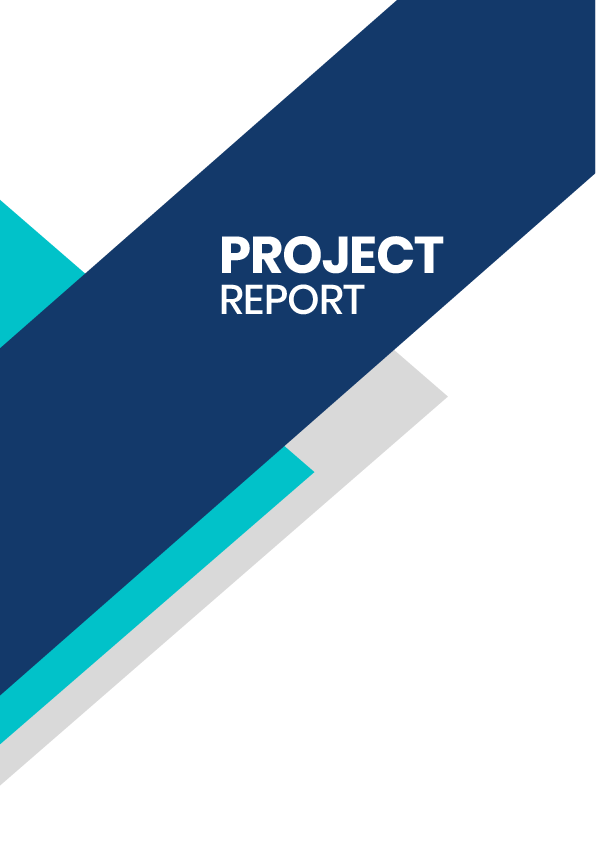Related Keywords
- Personal Development Hub
- Skill Enhancement Center
- Motivation Training Institute
- Career Growth Classes
- कौशल प्रशिक्षण केंद्र
- प्रेरणादायक कक्षाएं
Key Trends in Skill Training and Motivational Classes Business
- More people want to learn skills – These days, many people want to learn new things to get better jobs or grow in life. That’s why more people join skill training classes.
- Online classes are getting popular – Lots of people now learn on phones or computers. It’s easy because they can learn from home and choose what they want to study.
- Motivational classes are in demand – Many people feel low or confused, so they join motivational classes to feel better and get inspired to do big things.
- People like learning their own way – Not everyone learns the same. So now, trainers teach in ways that match how each person learns best.
- Soft skills are important now – Things like talking nicely, working in a team, and solving problems are very useful in every job. So training centers teach these too.
- Teachers use cool tech tools – Trainers now use apps, videos, games, and fun tools to make learning more interesting and easier to understand.
- Classes talk about mental health too – Motivational classes also help people stay calm, feel good, and think positively. This is really important in today’s world.
Key Benefits of Starting a Skill Training and Motivational Class Business
- You help people learn something useful – When you start this kind of business, you teach people new skills that can help them get better jobs or grow in life.
- You make people feel confident – Motivational classes help people feel good about themselves. You can inspire them to do more and not give up.
- You earn money while teaching – You get paid for your classes. If more people join, you earn more.
- You can teach online or offline – You don’t always need a big classroom. You can even take classes online, which saves money and time.
- You choose what to teach – You can pick your favorite topics like public speaking, computer skills, or personality development.
- You become your own boss – You run your own center or online platform. You decide the time, fees, and how you want to teach.
- You help build a better future – When you teach people skills and motivate them, you’re actually helping your community grow stronger and smarter.
- You feel happy when others succeed – It feels really nice when your students do well because of your teaching. That joy is special.
Best Project Report for your Skill Training and Motivational Classes Business

Need expert service?
Please send a WhatsApp message to us, and our team of experts will guide you in creating a report.
Create Your own project report in less than 10 mins.
- Unlimited edits
- Unlimited downloads
- Up to 10 years of projections
- 20+ pages

Frequently asked questions
Everything you need to know about the product and billing.
Finline is an online tool for creating the report online and see the report for free online. You only need to pay for downloading the report.
Can I change my plan later?
Yes , ofcourse you can upgrade from a lite plan to a pro at anytime.
Can I edit the report after download ? is it chargeable?
You can do unlimited edits even after download without any extra payment.
What is the ‘lite’ and ‘pro’ plan ? Is it subscription based plans?
Lite and Pro are just individual report download plans , not subscription plans.
Do I require a CA seal & Stamp for getting a loan?
Not at all, project report is a business plan about your business and it should be prepared by an entrepreneur . Nobody can predict and certify a business which is going to happen in the future.
Can I get any assistance from your team?
Yes of course, you can go to the help section in all pages were you can find chat button for seeking support.